A new approach to dynamic AI that blends neural networks with a database-like memory system for adaptable image classification
- Dynamic Knowledge Representation: Google DeepMind proposes a flexible visual memory system for image classification, enabling models to update and adapt without retraining.
- Lifelong Learning and Flexibility: The system supports adding and removing data efficiently, enabling lifelong learning and addressing the challenges of outdated knowledge in AI.
- Improved Interpretability and Accuracy: DeepMind’s approach narrows the gap between flexible memory systems and traditional fixed models while improving the accuracy of image classification.

Google DeepMind is taking a significant leap in image classification with the introduction of a visual memory system that could transform how neural networks handle evolving data. In a paper titled Towards Flexible Perception with Visual Memory, DeepMind’s researchers present a compelling case for moving beyond traditional neural networks by blending their power with a dynamic, database-like memory structure. This innovation seeks to address one of the biggest challenges in AI today: keeping models current and adaptable in an ever-changing world.
Traditional neural networks operate in a highly static manner. Once trained, the knowledge within them is essentially “carved in stone,” meaning that as data changes or new knowledge becomes available, the network struggles to adapt without retraining. DeepMind’s solution is to incorporate a visual memory that allows the AI system to add new data, forget obsolete information, and adapt to new contexts without starting from scratch.
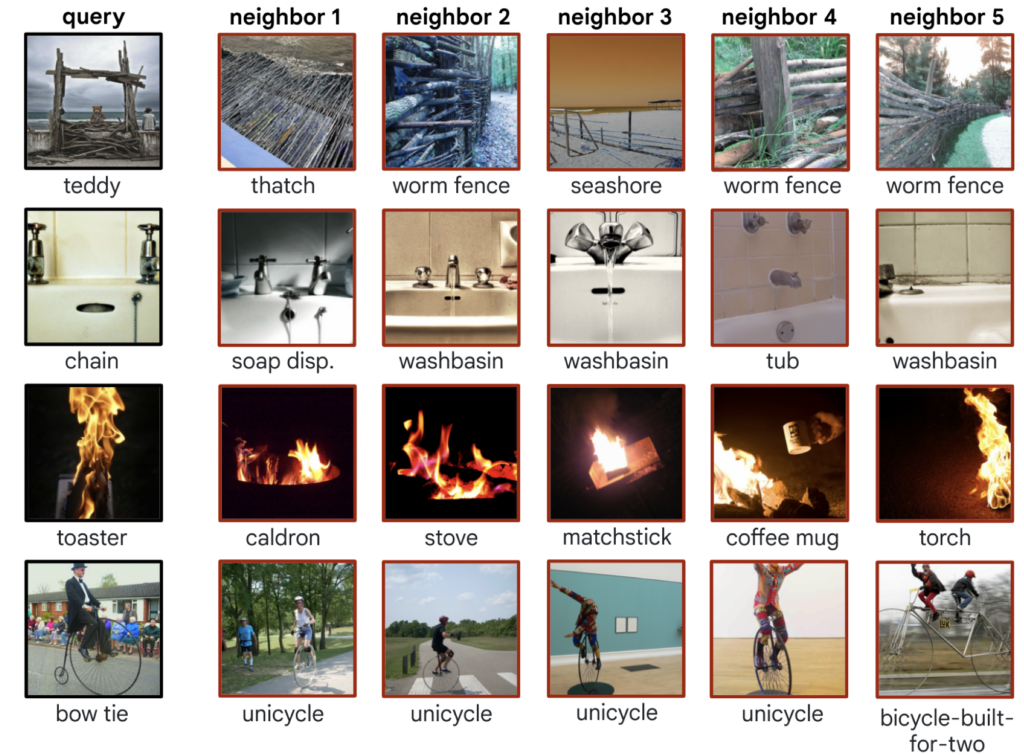
The Challenge of Static Models
In the AI world, neural networks are commonly trained end-to-end, making them highly effective in environments with stable data. However, real-world data is anything but static. Objects evolve, concepts drift, and new information becomes available, rendering static models outdated quickly. This problem, known as “concept drift,” presents a significant challenge for AI models in industries ranging from tech to healthcare.
DeepMind’s new approach tackles this issue by decomposing image classification into two fundamental tasks: image similarity (using pre-trained embeddings) and search (via nearest neighbor retrieval from a visual memory database). This separation allows the system to be far more flexible than traditional models, enabling it to handle new data inputs, efficiently remove outdated knowledge, and offer greater transparency in decision-making.
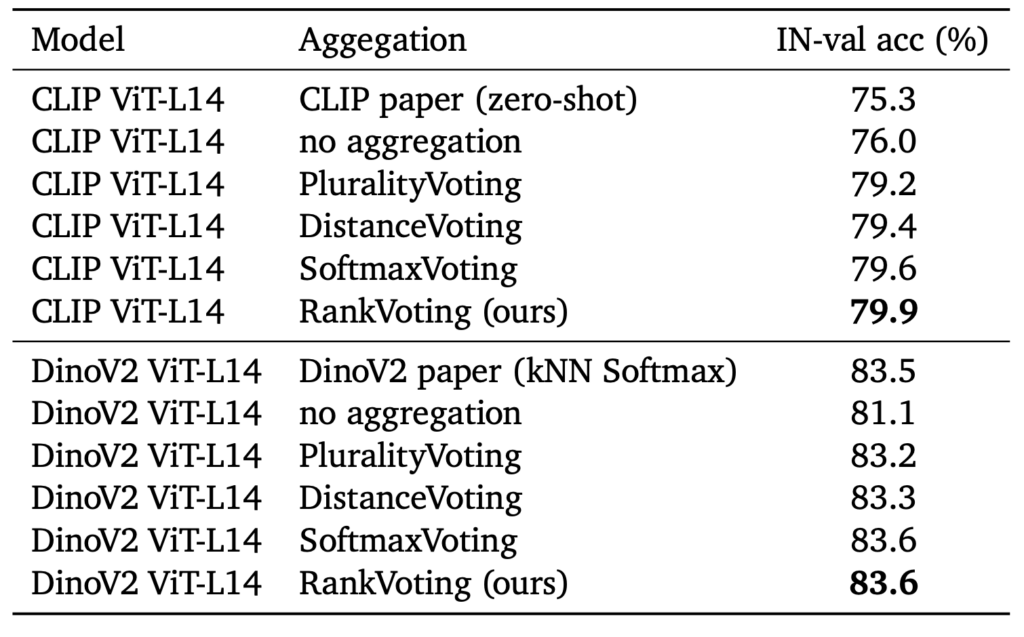
Visual Memory: A Dynamic Solution
The visual memory system proposed by DeepMind is designed to evolve with the data it encounters, offering a level of adaptability not seen in static models. For example, in traditional AI systems, if new classes of data are introduced or existing ones become obsolete, retraining from the ground up is often required—a time-consuming and computationally expensive process. With visual memory, DeepMind’s system can seamlessly incorporate new information or remove outdated data, offering a practical solution for applications where constant updates are necessary.
This flexibility is particularly important for real-world applications, where AI systems must adapt continuously. For instance, the appearance of objects like cars or consumer products evolves over time, and AI systems need to recognize these changes without being completely retrained. The visual memory system allows the AI to “unlearn” deprecated data while retaining high accuracy on new inputs.
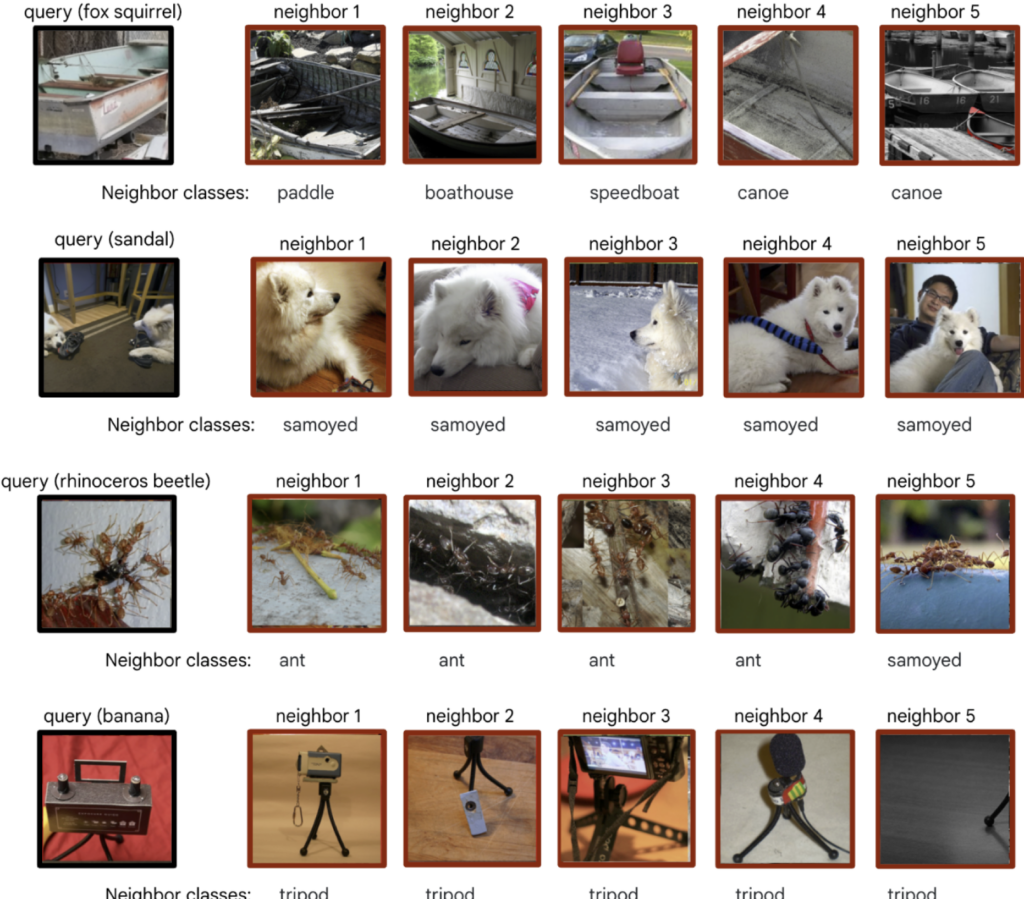
Improved Interpretability and Accuracy
DeepMind’s research has shown that their approach not only brings flexibility but also improves performance in image classification tasks. Using techniques like RankVoting, they enhanced the performance of existing models such as DinoV2 and CLIP, improving upon the prior state-of-the-art method, SoftmaxVoting. This allowed the team to reduce the accuracy gap between highly flexible memory-based systems and fixed models traditionally used in static environments.
One of the system’s key strengths lies in its interpretability. The memory system offers a clearer decision-making process, where users can intervene and control the behavior of the model. This opens the door to more transparent AI systems, a crucial factor as AI becomes more embedded in critical applications such as healthcare, autonomous vehicles, and finance.
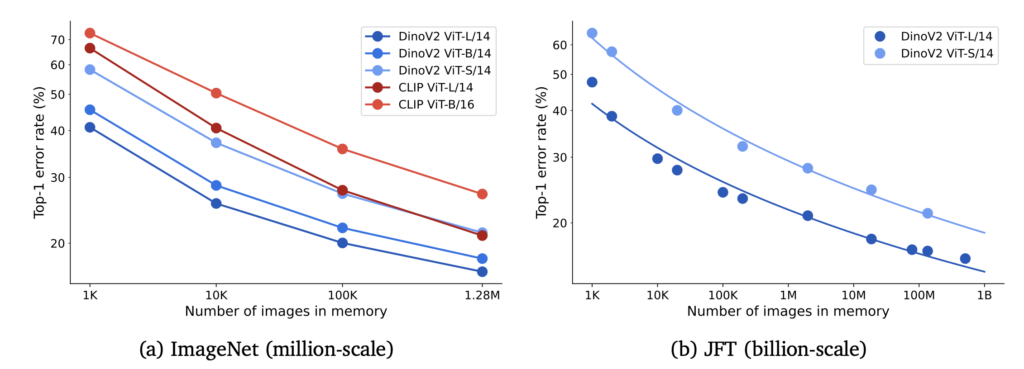
Looking Ahead: Expanding Beyond Image Classification
While the current implementation focuses on image classification, the potential applications for visual memory systems are vast. Future work could extend to more complex tasks like object detection, image segmentation, and even image generation, where the ability to dynamically add or remove data would be invaluable. The prohibitive cost of retraining large generative models every time new data is introduced makes visual memory an attractive alternative.
Another area of exploration is in refining the pre-trained embedding models used by the system. While the current model relies on fixed embeddings, DeepMind acknowledges that significant shifts in data distribution could require updates to the embeddings themselves. By training smaller models with access to a large memory database, DeepMind believes it could reduce computational costs while maintaining or even improving performance.
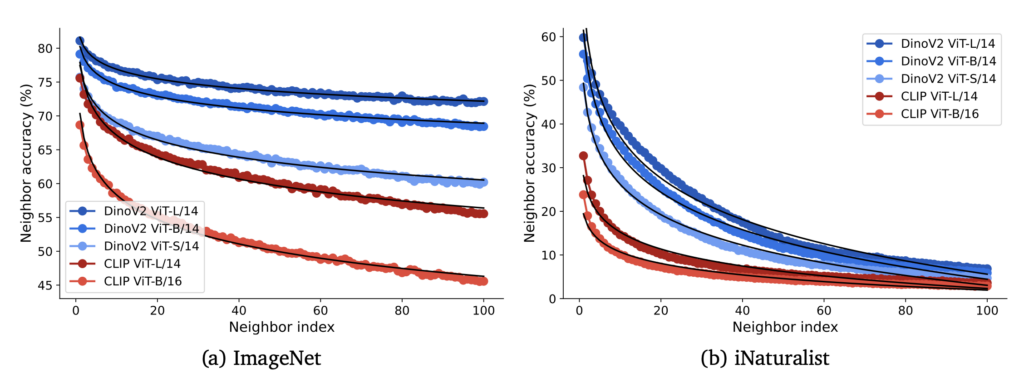
Google DeepMind’s exploration of visual memory marks a critical step toward more flexible, adaptable AI systems that can thrive in dynamic environments. The ability to add and remove data, combined with improved interpretability and accuracy, represents a significant advancement in AI research. While there are challenges ahead—such as extending the approach to other tasks and fine-tuning the balance between flexibility and accuracy—the promise of visual memory is clear. As AI becomes increasingly integral to industries that demand real-time adaptability, DeepMind’s approach could redefine the way AI models are built and maintained.
